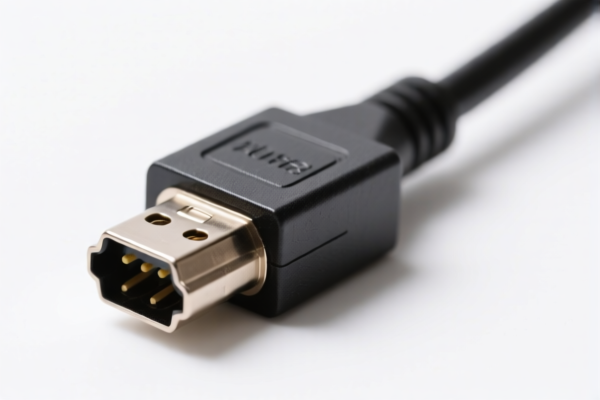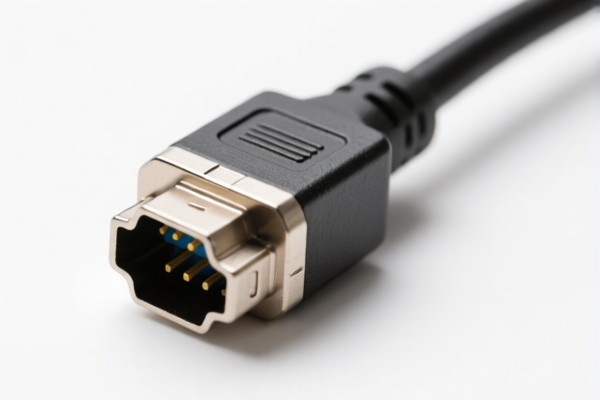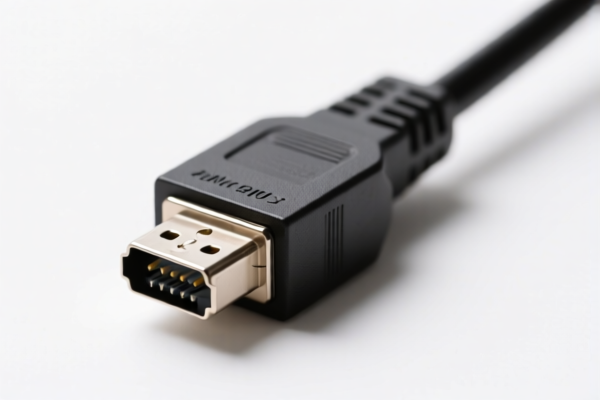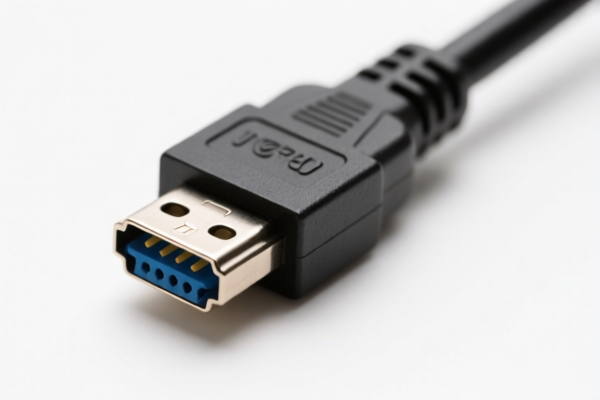| HS Code | Official Doc | Tariff Rate | Origin | Destination | Effective Date |
|---|---|---|---|---|---|
| 8536100020 | Doc | 57.7% | CN | US | 2025-05-12 |
| 8536509065 | Doc | 55.0% | CN | US | 2025-05-12 |
| 8548000000 | Doc | 55.0% | CN | US | 2025-05-12 |
| 3917400080 | Doc | 60.3% | CN | US | 2025-05-12 |
| 3917400050 | Doc | 60.3% | CN | US | 2025-05-12 |
| 3926903000 | Doc | 59.2% | CN | US | 2025-05-12 |




Tap Connector
A tap connector, also known as a saddle tee or a service tee, is a plumbing fitting used to create a branch connection from an existing pipe without cutting or modifying the main line. It allows for the installation of a smaller diameter pipe (the "take-off") for purposes such as installing a faucet, irrigation system, or other water outlets.
Material
Tap connectors are commonly manufactured from the following materials:
- Brass: A popular choice due to its corrosion resistance, durability, and ability to handle high water pressure. Often used for potable water applications.
- PVC (Polyvinyl Chloride): Lightweight, inexpensive, and suitable for cold water applications. Not recommended for high-pressure situations or hot water.
- CPVC (Chlorinated Polyvinyl Chloride): Similar to PVC but can withstand higher temperatures, making it suitable for both hot and cold water.
- Polyethylene: Used primarily for underground irrigation systems and low-pressure applications.
- Stainless Steel: Offers excellent corrosion resistance and is used in various applications, including potable and industrial water systems.
Purpose
The primary purpose of a tap connector is to:
- Add a water outlet: Enables the addition of new fixtures or systems without disrupting the existing plumbing.
- Avoid cutting pipes: Eliminates the need to cut, thread, or solder the main water line, simplifying installation and reducing the risk of leaks.
- Temporary or Permanent Connections: Can be used for temporary connections (e.g., for testing) or permanent installations.
Function
A tap connector typically consists of the following components:
- Main Line Connection: A clamping mechanism or threaded connection that securely attaches to the existing pipe.
- Take-Off Outlet: A threaded or barbed outlet for connecting the smaller diameter pipe.
- Sealing Gasket: A rubber or neoprene gasket that creates a watertight seal between the connector and the main pipe.
- Clamping Mechanism: (For strap-type connectors) A strap or band that tightens around the pipe to secure the connector.
Usage Scenarios
- Irrigation Systems: Connecting sprinkler systems or drip irrigation lines to the main water supply.
- Outdoor Faucets: Adding an outdoor faucet to an existing water line.
- Water Testing: Creating a temporary connection for water quality testing.
- Filling Pools or Hot Tubs: Providing a convenient water source for filling pools or hot tubs.
- Temporary Water Supply: Establishing a temporary water supply for construction or landscaping projects.
Common Types
- Strap-Type Tap Connector: Features a strap that tightens around the pipe. Suitable for various pipe sizes and materials. Requires proper tightening to prevent leaks.
- Compression Tap Connector: Uses a compression fitting to create a watertight seal. Requires a compression tool for installation.
- Threaded Tap Connector: Features threaded connections for both the main line and the take-off outlet. Requires threading the main pipe if it is not already threaded.
- Saddle Tap Connector: A specific type of tap connector often used for larger diameter pipes, typically used in agricultural or industrial applications.
- Self-Tapping Tap Connector: Designed to tap directly into plastic pipes without the need for threading or cutting (typically for smaller diameter pipes).
Tap connectors fall under the category of electrical apparatus used for making connections in electrical circuits. Based on the provided information, the following HS codes are relevant:
- 8536100020: This HS code covers electrical apparatus for switching or protecting electrical circuits, or for making connections to or in electrical circuits (for example, switches, relays, fuses, surge suppressors, plugs, sockets, lamp-holders and other connectors, junction boxes), for a voltage not exceeding 1,000 V; specifically, glass cartridge fuses. The total tax rate is 57.7%, comprised of a 2.7% base tariff, a 25.0% additional tariff, and a 30% additional tariff effective after April 2, 2025.
- 8536509065: This HS code also covers electrical apparatus for switching or protecting electrical circuits, or for making connections to or in electrical circuits (for example, switches, relays, fuses, surge suppressors, plugs, sockets, lamp-holders and other connectors, junction boxes), for a voltage not exceeding 1,000 V; specifically, other switches categorized as "other." The total tax rate is 55.0%, comprised of a 0.0% base tariff, a 25.0% additional tariff, and a 30% additional tariff effective after April 2, 2025.
- 8536100020: This HS code covers electrical apparatus for switching or protecting electrical circuits, or for making connections to or in electrical circuits (for example, switches, relays, fuses, surge suppressors, plugs, sockets, lamp-holders and other connectors, junction boxes), for a voltage not exceeding 1,000 V; specifically, glass cartridge fuses. The total tax rate is 57.7%, comprised of a 2.7% base tariff, a 25.0% additional tariff, and a 30% additional tariff effective after April 2, 2025.
It is important to note that the applicable tariff rates are subject to change, particularly the additional tariff which increases to 30% after April 2, 2025.
Customer Reviews
No reviews yet.